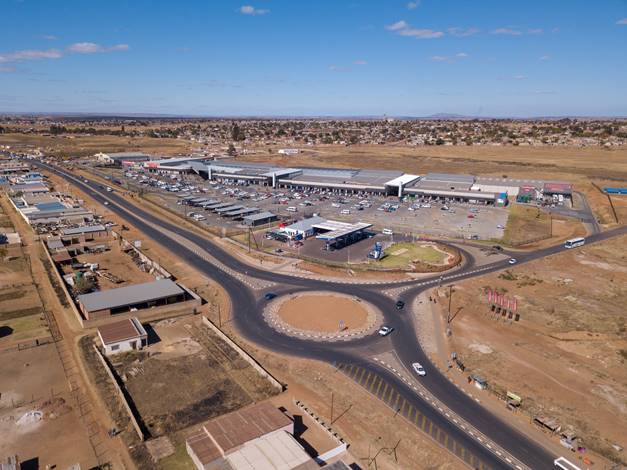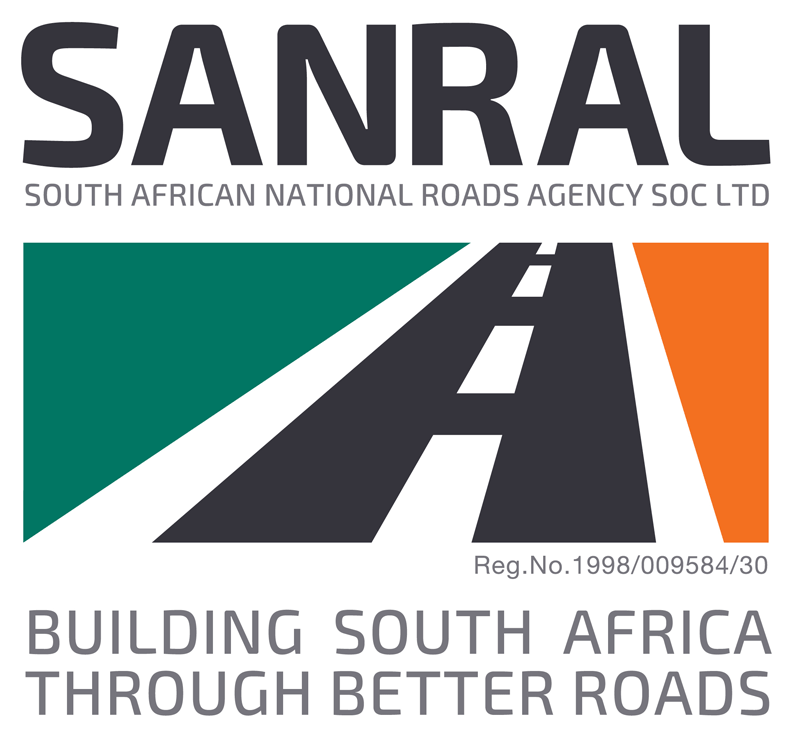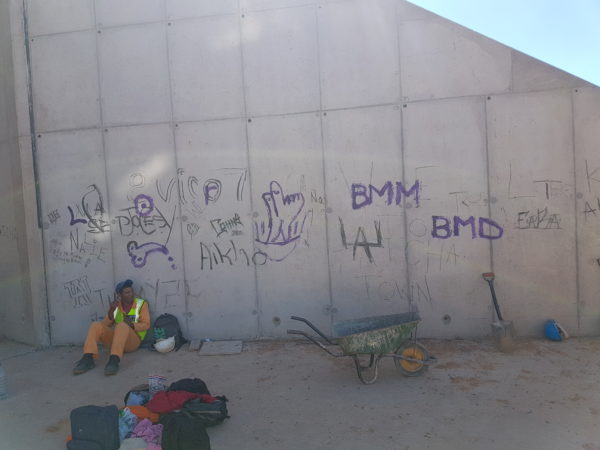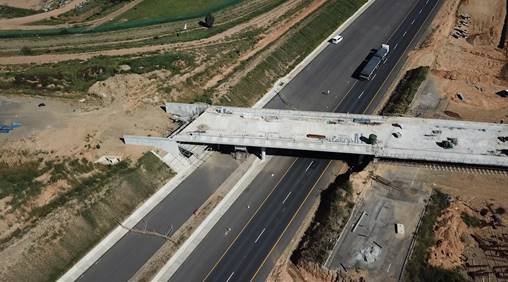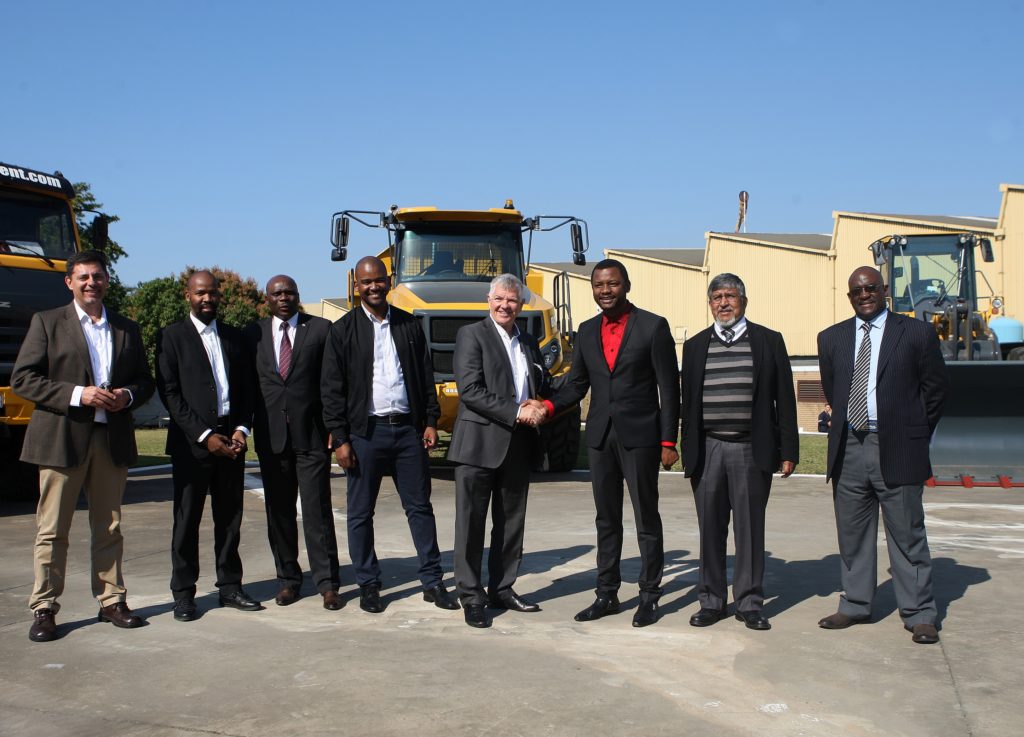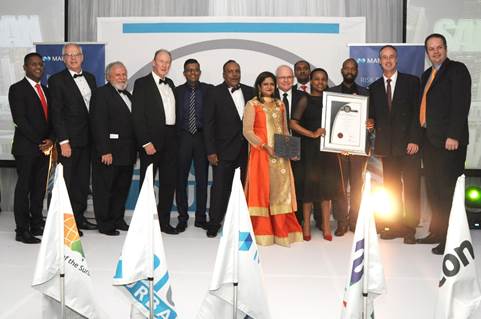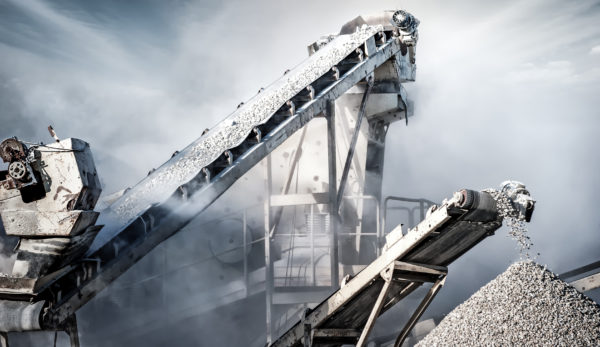The upgrade of the Beitbridge border post will contribute to the better flow of people and goods within the Southern African region.
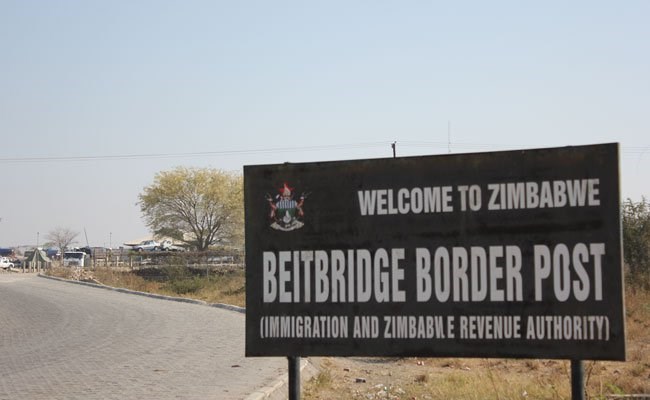
Road traffic movement between South Africa and Zimbabwe will be greatly improved with the upgrading of the Beitbridge border post between the two countries.
Vusi Mona, SANRAL General Manager of Communications, said the intention is to establish a one-stop border post at the transit point, which is South Africa’s primary road gateway to the rest of the continent.
An average of 15 000 people and 500 trucks cross the border every day.
The N1 freeway connects Beitbridge with Limpopo and into the Gauteng economic core. Just to the south of the border post, construction of the Musina Ring Road – an 8km, new, single-way road – is nearing completion.
A better flow of goods and people
Mona said the upgraded border post will contribute to the better flow of people and goods within the Southern African region.
Zimbabwe’s president, Emmerson Mnangagwa, conducted the ground-breaking ceremony.
A decision was taken to upgrade the border post and expand the infrastructure through a $240-million contract awarded to the Zimborders consortium.
The project includes upgrades to the roads to and from the crossing, perimeter fencing, gate controls, parking areas and upgrades to security and lighting systems.
The entire border post will fall under the jurisdiction of the newly established Border Management Agency.
There are no plans to build another bridge as the existing New Limpopo Bridge has enough capacity to handle the projected future traffic.
Mona said the new border arrangements will also enable SANRAL to collect toll monies on traffic travelling in a southerly direction from Beitbridge.
The concession agreement between South Africa and Zimbabwe recently expired and toll fees are currently only collected on the Zimbabwe side of the border.
Should the government decide to introduce tolling on southbound traffic out of Zimbabwe it will not add additional costs to travellers crossing the border. The funds collected will be used to maintain the roads and bridges at the border post.



